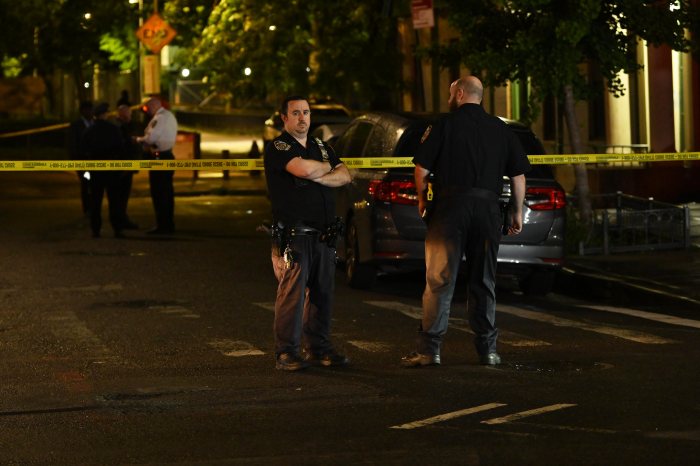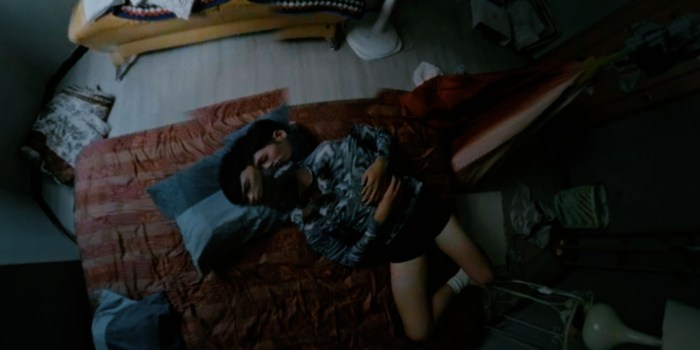Imagine traveling to other boroughs via train and bypassing Manhattan?
Well, one elected official is trying to make that happen.
On Wednesday, December 18, Assemblyman Michael Benedetto, along with Queens asemblyman Michael DenDekker, spoke about the proposed plan to build a 24-mile train line on existing right of way rails from Co-op City through Queens to Bay Ridge, Brooklyn.
This model, which was created by the Regional Planning Association, will be called the Triboro.
New York City subways were originally built to connect people to Manhattan, but according to Benedetto, more than 50 percent of New York’s job growth has occurred outside of the city in the last 15 years.
“When we first developed the NYC transit system everything was Manhattan centric,” he said. “People now travel from borough to borough. It’s a revolutionary new idea that is being presented for the Bronx, for Queens, for Brooklyn and for the city of New York that will help the commuters in the outer borough.”
In these boroughs, workers spend an average of 53 minutes traveling to Manhattan, but travel for work to adjacent boroughs is longer.
A trip from the Bronx to Queens takes 68 minutes each way for the average worker. A trip from Brooklyn to Queens takes 63 minutes for a typical public transit commuter.
He stressed that this new form of travel, “The Triboro,” will allow commuters to move between boroughs without having to go into the Big Apple.
According to Benedetto, The Triboro would connect to the four new Bronx stations that Metro North is developing in the next two years, including one in Co-op City.
He proposed that once the Triboro line leaves the Bronx and reaches Queens it would use existing abandoned tracks and go into other parts of Queens and Brooklyn, skipping Manhattan all together.
“Why should commuters go into Manhattan to go to another train?” he asked. “We’re calling upon the MTA to allocate money in their new capital plan to study this idea.”
The Triboro has the potential to offer 100,000 riders transit service every five to 15 minutes at more than double bus speeds. Of the 22 possible stations identified, half would link to subway lines. Thousands more riders could be drawn to the Triboro to connect to the subway system rather than rely on transfers from slow bus routes.
The proposed project will cost about $1.5 billion, but will be much less than creating an entirely new of train line.
Elected officials and RPA president Tom Wright sent a letter to the MTA in September asking for them to look at a feasibility study for the plan.
“RPA has completed preliminary research, conservatively estimating that the line would initially serve 100,000 daily riders with a price tag of between $1 and $2 billion,” Wright said in the letter. “A formal study now needs to be completed to determine the opportunities, challenges, and feasibility of the Triboro Line. The study should also take into account the need to expand freight capacity in the region and how best to co-mingle services without reducing freight movement or limiting freight expansion goals. ”


















